Search Results
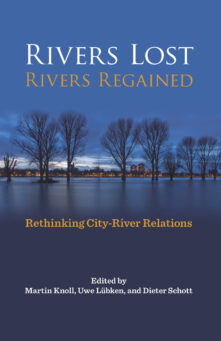

Rivers Lost, Rivers Regained
Rethinking City-River Relations
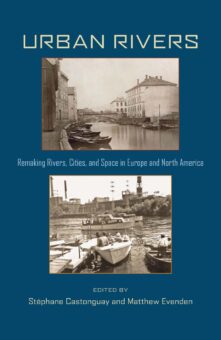

Urban Rivers
Remaking Rivers, Cities, and Space in Europe and North America
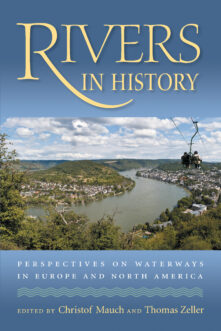

Rivers in History
Perspectives on Waterways in Europe and North America


Legacy Cities
Continuity and Change amid Decline and Revival
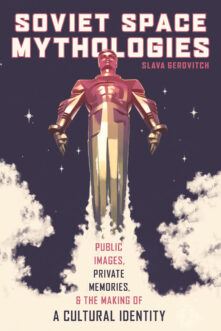

Soviet Space Mythologies
Public Images, Private Memories, and the Making of a Cultural Identity


Desert Cities
The Environmental History of Phoenix and Tucson
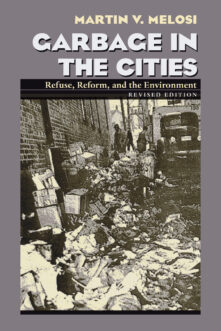

Garbage In The Cities
Refuse Reform and the Environment
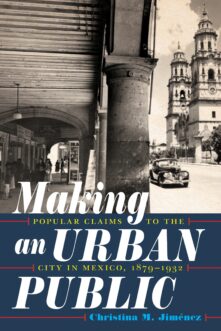

Making an Urban Public
Popular Claims to the City in Mexico, 1879-1932
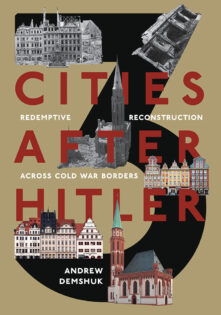

Three Cities After Hitler
Redemptive Reconstruction Across Cold War Borders
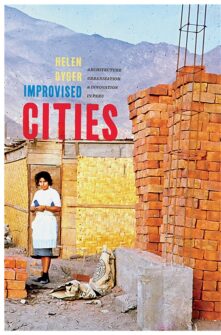

Improvised Cities
Architecture, Urbanization, and Innovation in Peru
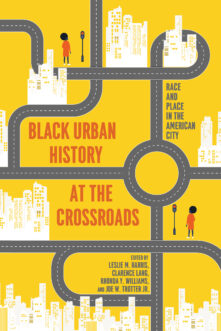

Black Urban History at the Crossroads
Race and Place in the American City
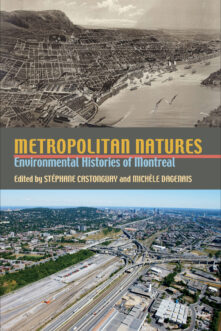

Metropolitan Natures
Environmental Histories of Montreal
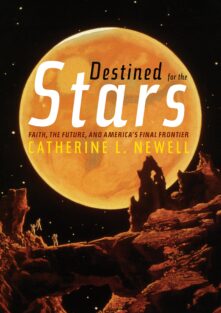

Destined for the Stars
Faith, the Future, and America's Final Frontier
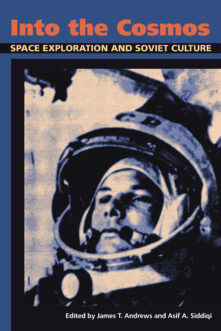

Into the Cosmos
Space Exploration and Soviet Culture
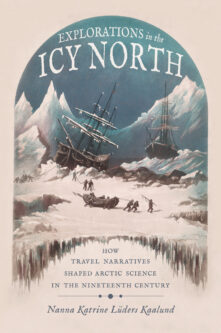

Explorations in the Icy North
How Travel Narratives Shaped Arctic Science in the Nineteenth Century
Your search for "Urban Rivers : Re-making Rivers, Cities and Space in Europe and North America" returned 615 results

